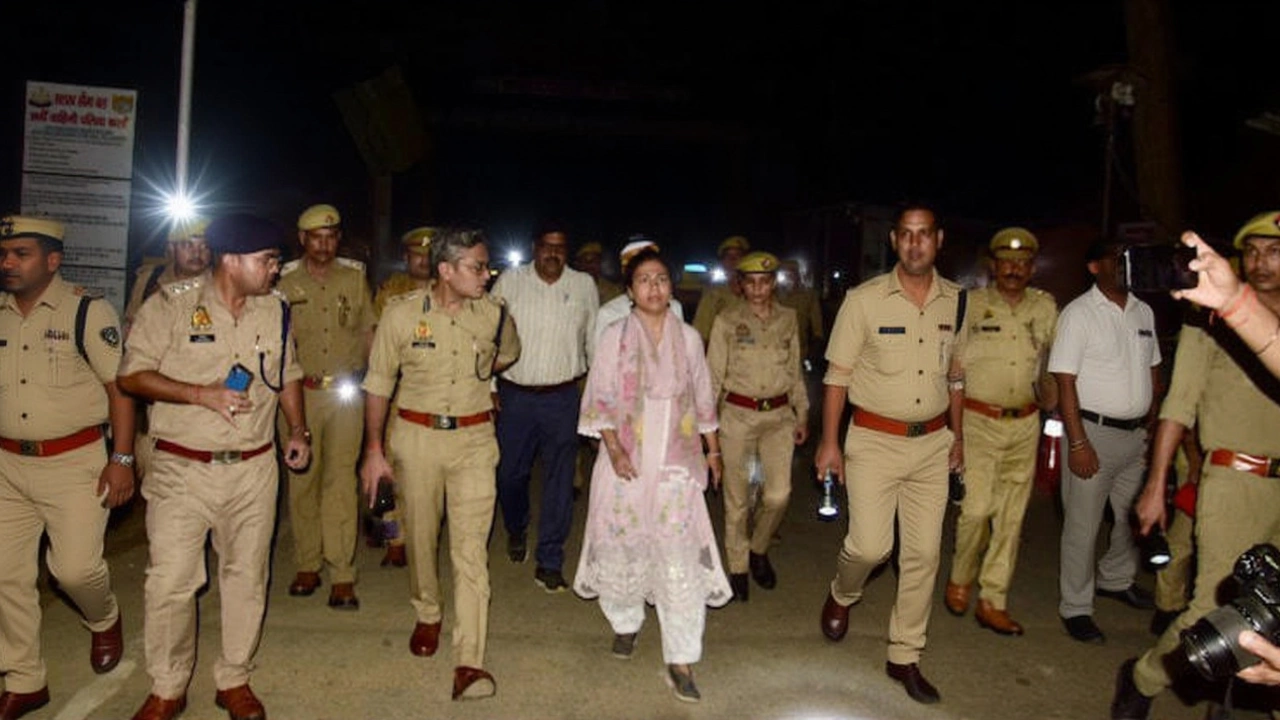Nepal Protests: Latest Updates and Analysis
When covering Nepal protests, public demonstrations across Nepal sparked by political, economic and social grievances. Also known as Nepal unrest, it has become a focal point for regional observers and everyday citizens alike. The streets of Kathmandu, Pokhara and the border towns have seen rallies, strikes and sit‑ins that reflect deeper demands for change. Understanding these events means looking at the forces that drive them, the channels they use and the ripple effects they create.
One of the core drivers is political unrest, a sustained period of disagreement between the government and civil society. In Nepal, political unrest often takes the shape of party clashes, demands for electoral reform and challenges to executive authority. Recent weeks have seen opposition leaders calling for early elections while trade unions demand better wages. This unrest is not isolated; it feeds into broader narratives about governance and accountability.
Another piece of the puzzle is the border dispute, contested boundaries between Nepal and its neighbors, especially India and China. The border dispute adds a diplomatic layer to the street protests. When villagers feel ignored on land matters, they take to the streets, linking local grievances with national policy. The dispute also shapes how neighboring countries respond to the protests, whether by issuing statements, offering mediation or adjusting trade routes.
Geography matters, too. The Himalayan region, the mountainous terrain that defines much of Nepal's landscape influences protest logistics and media coverage. Remote hill districts can mobilize quickly through local networks, yet the terrain hinders large‑scale gatherings, pushing activists toward digital activism. Meanwhile, tourists traveling through the Himalayas become inadvertent observers, spreading images of the protests worldwide.
Underlying all of this is a striving for democracy movements, organized efforts to expand civil liberties and ensure fair representation. From student groups demanding curriculum changes to elder councils pushing for transparent budgeting, democracy movements give the protests a long‑term purpose. They are not just about a single policy but about reshaping how power is exercised in Nepal.
What to Expect from Our Coverage
Our collection below pulls together the most recent reports, expert commentary and on‑the‑ground footage related to these themes. You’ll find pieces that break down the latest rally in Kathmandu, analyses of how the border dispute is shaping diplomatic talks, and profiles of activists leading democracy movements in the Himalayan valleys. Each article connects back to the core entities we’ve outlined, so you can see the full picture without jumping between unrelated sources.
Whether you’re a student tracking regional trends, a policy maker monitoring stability, or simply curious about why Nepal’s streets are buzzing, the stories below will give you clear, actionable insight. Dive in to see how political unrest, border issues, geography and democratic aspirations intertwine in today’s Nepal protests.
Published on Oct 9
0 Comments
After violent protests in Dhangadhi, Nepal on Sept 12 2025, India's Lakhimpur Kheri DM Durga Shakti Nagpal led a foot patrol at Gauriphanta Border, sealing the crossing and tightening security.
